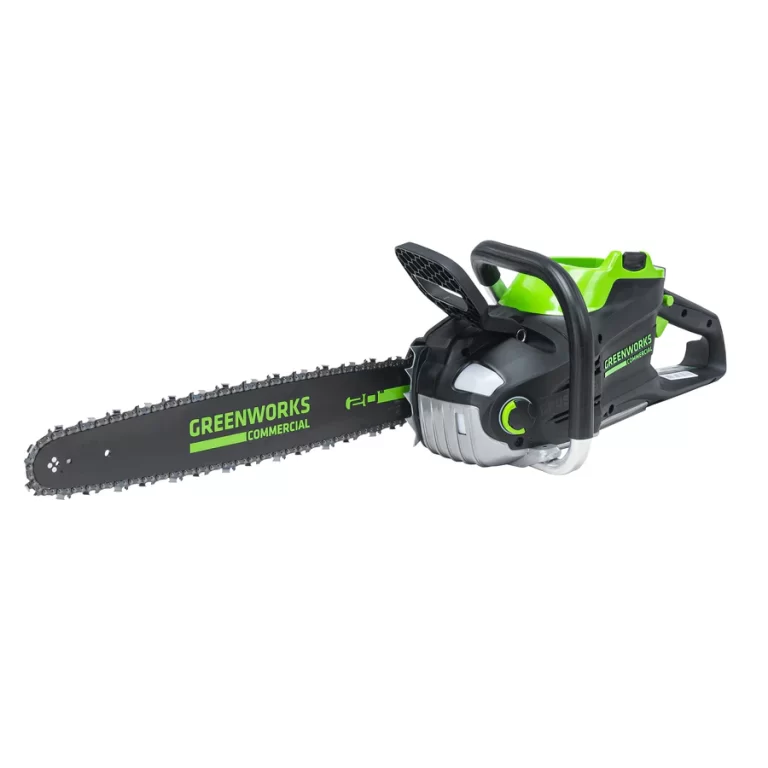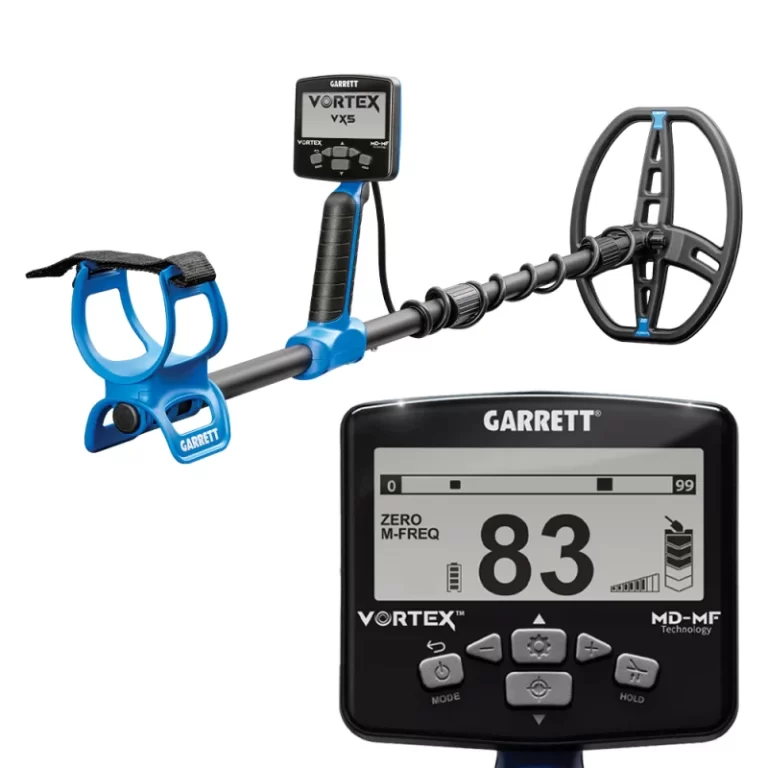
The Best Hand Plane: A Comprehensive Guide
The Best Hand Plane: A Comprehensive Guide
Selecting the best hand plane can transform woodworking projects. Using the right plane results in smoother surfaces, sharper edges, and polished finishes. Understanding the various types can help both novices and seasoned craftsmen invest in the perfect tool for their needs. This guide explores top choices and essential features.Discover the versatility of hand planes to create smooth, precise finishes on wood. Elevate your woodworking skills .
Choosing the best hand plane is essential for any woodworker. A high-quality hand plane can elevate your craftsmanship. It shapes wood with precision. Start by considering the type you need. Bench planes are versatile. They handle flattening and smoothing tasks well. Block planes are excellent for trimming and detail work.
When selecting a plane, look for materials. Solid metals and quality woods ensure durability. A good blade is crucial for performance. High-carbon steel or A2 steel offers sharpness and longevity. Ensure the plane is comfortable to hold. Ergonomics matter during long sessions.
Next, check the plane’s weight. A heavier plane can provide stability. However, a lighter one offers more control. Consider your specific projects. For large surfaces, a longer plane is often better. For smaller details, a shorter one is more effective.

Types of Hand Planes
Hand planes come in several types, each serving a unique purpose. The most common types include the block plane, smoothing plane, jointer plane, and rabbet plane. Each type has its own characteristics and ideal applications.
Block Planes are compact and often used for trimming and adjusting edges. They excel in fine detail work, making them perfect for small projects. Meanwhile, Smoothing Planes are designed to create a flawless finish on wood surfaces. Their flat soles and sharp blades help remove any imperfections effectively.
Moving on, Jointer Planes are larger and designed for flattening and straightening edges. These planes require a bit more skill but yield impressive results. Lastly, Rabbet Planes are specialized tools perfect for creating grooves and recesses, adding versatility to a woodworker’s arsenal. Knowing the differences helps in selecting the right hand plane.
Key Features to Consider
When choosing a hand plane, several features need consideration. Blade material, size, and ergonomics play significant roles in performance and comfort. High-carbon steel blades tend to hold an edge longer, while stainless steel blades resist rust.
Additionally, size matters. Larger planes cover more area quickly, but smaller planes allow for finer control, particularly in challenging spots. Furthermore, ergonomics significantly affect usability. Comfort grips reduce fatigue during extended use, allowing the craftsman to maintain focus.
Adjustability is another crucial factor. Some planes come with screws and levers to fine-tune blade depth, adding to precision. Moreover, stability is vital while planing. A well-balanced, heavy plane offers more control, enabling intricate work without excessive force.

Top Hand Planes on the Market
A few standout hand planes have gained popularity among woodworkers, showcasing remarkable craftsmanship and performance. Stanley No. 5 is often lauded as a versatile choice. It blends size and effectiveness, suitable for smoothing and jointing.
Another popular option is the Lie-Nielsen No. 4 smoothing plane. With its premium build, this plane is perfect for achieving ultra-smooth finishes. It stands out for its impressive weight and balance, providing excellent control while working on intricate projects.
For those seeking a budget-friendly choice, the WoodRiver Block Plane offers great performance without breaking the bank. It’s ideal for trimming and adjustments, making it perfect for small woodworking tasks. Each of these tools embodies the essential attributes desired in hand planes, ensuring every craftsman finds a suitable fit.
Maintaining Hand Planes
Proper maintenance of hand planes is crucial for longevity and performance. Regularly sharpening the blade ensures efficiency during use. Dull blades can cause frustrating experiences, leading to tear-out and uneven surfaces. Using a sharpening stone or system helps keep blades in optimal condition.
Moreover, cleaning is vital after each use. Wood shavings and dust can accumulate, negatively impacting the plane’s performance. A simple cloth or a soft brush can efficiently clean these surfaces. For rust prevention, occasional oiling of the plane’s body and blade is recommended. This prevents rust from forming, extending the lifespan of the tool.
Storing the plane correctly also plays a significant role in its maintenance. Keeping the blade covered protects it from damage and ensures readiness for the next project. Utilizing a dedicated tool chest or rack keeps planes organized and safe from accidental drops or impacts.

Hand Plane Techniques
Mastering hand plane techniques enhances overall woodworking skills. A fundamental technique involves using the correct stance for effective planing. An ergonomic position improves leverage and control, ensuring smoother motions across surfaces.
Applying even pressure throughout the stroke is essential. Uneven pressure can lead to spontaneous dips or waves that mar the finish. However, adjusting stroke length according to the material helps in managing resistance. Longer strokes work better for larger areas, while shorter strokes excel in tight corners.
Additionally, beginners should practice adjusting blade depth. A deeper cut removes more material but requires more skill and control. Conversely, setting a shallow cut may yield smoother results but takes longer. Striking a balance is key to achieving optimal outcomes and honing planing techniques over time.
Choosing the Right Size
The size of a hand plane until now remains a major decision factor for woodworkers. A balance between maneuverability and the ability to cover larger areas should be prioritized. Smaller planes, such as block planes, are ideal for fine work, while larger planes such as smoothing planes are better for extensive surfaces.
However, many woodworkers often overlook their own body size and strength when selecting a plane. A larger plane may prove cumbersome for someone without the strength to control it effectively. Hence, selecting a manageable size to enhance efficiency is ideal.
Nonetheless, considering the specific projects at hand is also crucial. If undertaking larger projects regularly, investing in a larger plane may pay off. Alternatively, multiple smaller planes for various tasks can also be beneficial, providing versatility for different types of work.
Budget Considerations
Budget plays a significant role in the choice of hand plane. High-quality planes often come with a high price tag, but they are typically worth the investment. Quality tools provide better performances, leading to improved results in woodworking projects.
Nonetheless, budget-friendly options are also available for beginners looking to explore the craft. Many reputable brands produce affordable yet reliable models, such as the WoodRiver and the Records series. These planes deliver performance without sacrificing quality, suitable for those just starting.
Investing in used or refurbished tools can also yield excellent results at lower costs. Vintage planes, when restored meticulously, perform admirably and often come with unique designs and historical significance. Nevertheless, carefully inspecting the blade and overall condition is essential to ensure reliability.

The Importance of Comfort
Comfort holds considerable importance during longer woodworking sessions. Hand planes that feel comfortable in hand help avoid fatigue and strain. Ergonomic designs with comfortable grips prevent blisters and allow for sustained use without discomfort.
Additionally, the weight of the plane affects comfort. A heavier plane offers stability but may become tiresome over extensive projects. It is essential to find a plane that achieves a balance between comfort and usability.
Craftsmen should test various planes before making a final decision. Holding multiple options helps determine which feels most comfortable and controllable. Ultimately, the goal is to find a hand plane that enhances the woodworking experience, making projects enjoyable and efficient.
Conclusion
Selecting the best hand plane requires thorough consideration of type, features, and comfort. Understanding the different options available helps both newcomers and experienced woodworkers make informed choices. By focusing on maintenance, techniques, and budget, one can find the ideal hand plane tailored to individual needs.
In conclusion, selecting the best hand plane for your needs is crucial for achieving optimal results in your woodworking projects. Different types of planes serve various functions. From smoothing surfaces to creating joints, understanding these differences helps you make an informed choice.
Start by identifying the specific tasks you plan to tackle. If you need to flatten boards, a jack or jointer plane is ideal. For fine finishing, a block or smoothing plane will give you excellent results. Each plane has its unique benefits, and knowing how to use them effectively can elevate your craftsmanship.
Material matters too. Planes made of high-quality metals and hardwoods tend to outperform their cheaper counterparts. They are often more durable and provide a better user experience. Look for flat soles and comfortable grips when making your choice.

